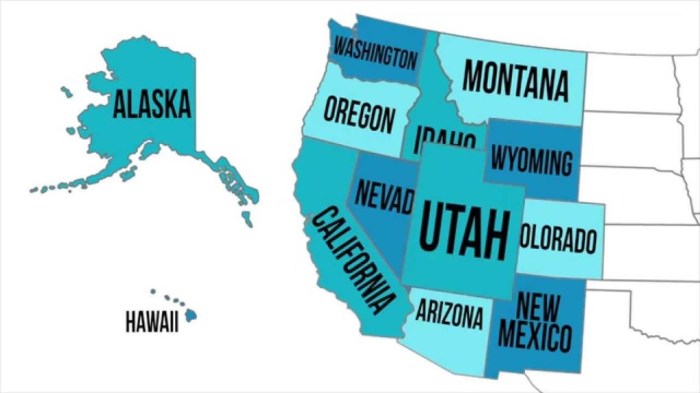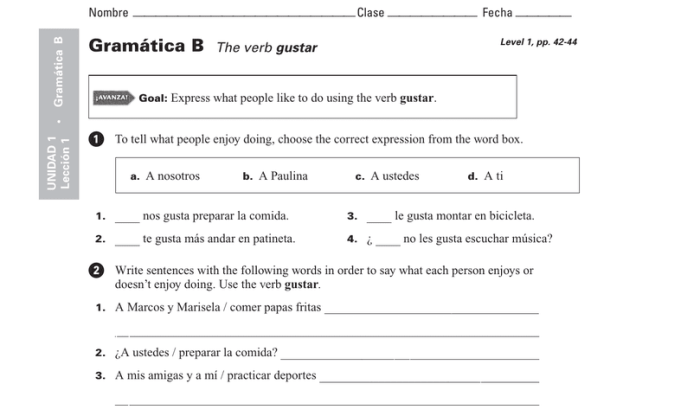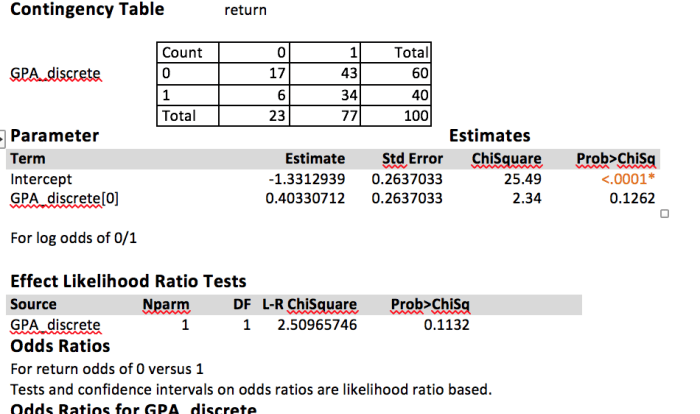US States and Capitals Flashcards: Embark on an educational journey that illuminates the geography and capitals of the United States. Immerse yourself in a captivating exploration of cognitive enhancement, creative variations, and the power of gamification. Discover how flashcards transform the learning experience, fostering critical thinking, memory retention, and a deeper understanding of our nation’s states and their respective capitals.
Prepare to be inspired as we delve into the multifaceted world of flashcards, uncovering their educational benefits, exploring creative variations, and examining the impact of gamification on the learning process. Gain insights into effective flashcard design principles, tailored to different learning styles, and harnessing the power of collaboration for collective knowledge building.
US States and Capitals Flashcards
Flashcards are a valuable tool for memorizing information, including the names and capitals of US states. By creating a list of states and their corresponding capitals, you can easily quiz yourself or others on this information.
Table of US States and Capitals
The following table provides a list of US states, their capitals, state abbreviations, and capital populations.
| State | Capital | Abbreviation | Capital Population |
|---|---|---|---|
| Alabama | Montgomery | AL | 205,764 |
| Alaska | Juneau | AK | 32,255 |
| Arizona | Phoenix | AZ | 1,660,272 |
| Arkansas | Little Rock | AR | 197,312 |
| California | Sacramento | CA | 478,317 |
Educational Benefits of Flashcards

Flashcards are a simple but effective study tool that can enhance memory, recall, and critical thinking skills. By repeatedly testing yourself on the information contained on the flashcards, you can strengthen the neural pathways in your brain associated with that information, making it easier to remember and recall later.
Flashcards can also help you develop critical thinking skills by forcing you to actively engage with the material. When you create a flashcard, you need to think about the key concepts and how to best represent them. This process of synthesis and analysis can help you to better understand the material and to identify any areas where you need further clarification.
Using Flashcards to Improve Retention of State and Capital Information
Flashcards can be an effective way to improve your retention of state and capital information. By creating a flashcard for each state, you can quiz yourself on the name of the state, its capital, and any other relevant information. This process of repeated testing will help you to strengthen the neural pathways in your brain associated with this information, making it easier to remember and recall later.
Creative Variations of Flashcards
While traditional paper and pen flashcards are a tried-and-true study method, there are a number of creative variations that can make learning even more engaging and effective.
Digital Flashcards
Digital flashcards are a great way to take your studying on the go. There are a number of different digital flashcard apps available, both free and paid. These apps allow you to create your own flashcards or to download pre-made decks from other users.
Digital flashcards offer a number of advantages over traditional paper flashcards. First, they are more portable, so you can study anywhere, anytime. Second, they are often more interactive, with features such as spaced repetition and gamification.
Spaced Repetition Software
Spaced repetition software (SRS) is a type of flashcard software that uses a spaced repetition algorithm to optimize your learning. SRS software presents flashcards to you at increasing intervals, based on how well you remember the information. This helps to strengthen the neural pathways in your brain associated with that information, making it easier to remember and recall later.
Interactive Games
Interactive games can be a fun and engaging way to learn new information. There are a number of different educational games available, both online and offline. These games can help you to learn new vocabulary, practice math skills, or review historical events.
Gamification and Flashcards
Gamification is the process of adding game-like elements to non-game activities in order to make them more engaging and motivating. Gamification techniques can be used to make studying with flashcards more fun and effective.
Some common gamification techniques include:
- Points
- Rewards
- Leaderboards
These techniques can help to motivate learners by providing them with a sense of accomplishment and progress. They can also make studying more fun and engaging, which can lead to improved retention.
Potential Benefits and Challenges of Gamifying Flashcards, Us states and capitals flashcards
Gamification can have a number of potential benefits for flashcards, including:
- Increased motivation
- Improved engagement
- Enhanced retention
However, there are also some potential challenges to gamifying flashcards, including:
- The risk of distraction
- The potential for cheating
- The need for careful design
Effective Flashcard Design: Us States And Capitals Flashcards

Effective flashcard design is essential for maximizing your learning potential. Here are a few tips for creating visually appealing and memorable flashcards:
- Use clear and concise fonts.
- Limit the amount of information on each flashcard.
- Use visually appealing colors and images.
- Make sure the flashcards are the right size for your needs.
By following these tips, you can create flashcards that are both effective and enjoyable to use.
Flashcards for Different Learning Styles

Flashcards can be tailored to different learning styles. Here are a few tips for creating flashcards that are effective for different learners:
- Visual learners: Use flashcards with images, diagrams, or charts.
- Auditory learners: Use flashcards with recorded audio.
- Kinesthetic learners: Use flashcards with tactile elements, such as raised letters or textures.
By tailoring your flashcards to your learning style, you can make the learning process more effective and enjoyable.
Flashcards as a Collaborative Learning Tool
Flashcards can be used as a collaborative learning tool. Here are a few ways to use flashcards to learn with others:
- Create flashcards together.
- Quiz each other on the flashcards.
- Share your flashcards with others.
By using flashcards collaboratively, you can learn from each other and improve your understanding of the material.
FAQ Guide
What are the key cognitive benefits of using flashcards?
Flashcards enhance memory retention, improve recall, and foster critical thinking skills by actively engaging the brain in the learning process.
How can gamification make studying with flashcards more engaging?
Gamification techniques, such as points, rewards, and leaderboards, introduce an element of fun and competition, motivating learners to engage with the material and retain information more effectively.
What are some effective design principles for creating visually appealing flashcards?
Effective flashcard design emphasizes clear fonts, concise content, and visually appealing elements such as images or diagrams, enhancing memorability and visual impact.


